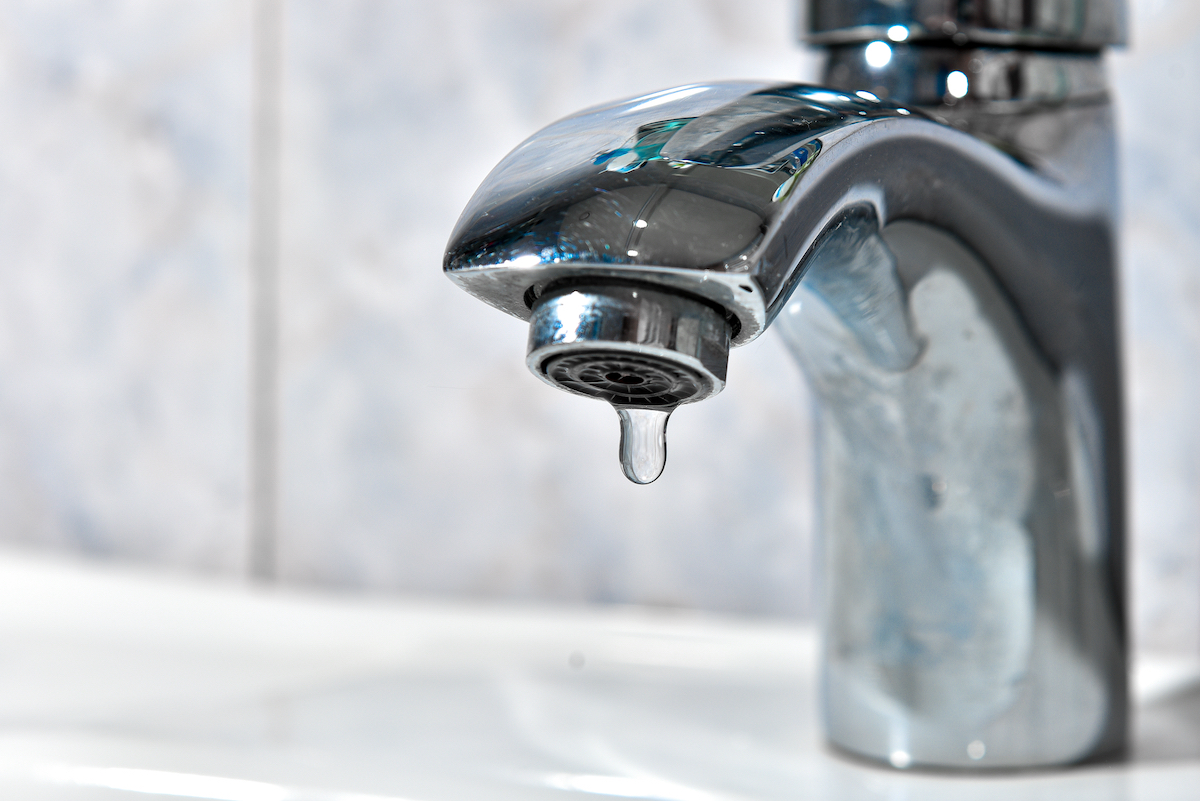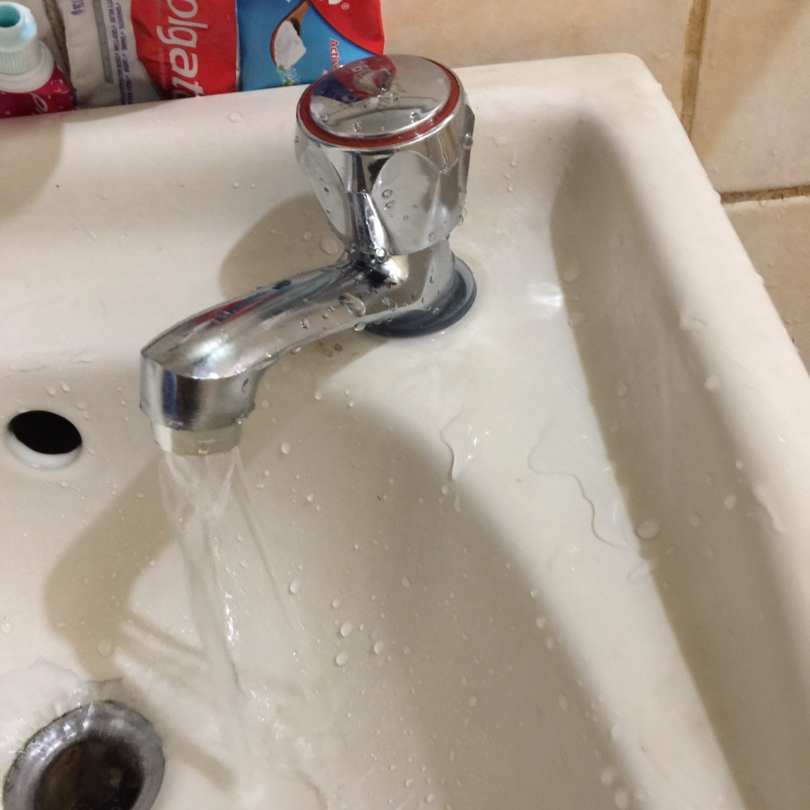How do you actually feel in relation to Why Are My Faucets Dripping (And Can I Fix It Myself)??

Dripping taps may feel like a small inconvenience, but their impact goes beyond simply the annoyance of the sound. From drainage to sustaining unneeded monetary expenses and wellness threats, neglecting a leaking faucet can lead to numerous effects. In this post, we'll delve into why it's crucial to resolve this typical household concern promptly and successfully.
Wastage of Water
Ecological Effect
Dripping taps contribute significantly to water waste. According to the Environmental Protection Agency (EPA), a solitary tap leaking at one drip per second can throw away greater than 3,000 gallons of water annually. This not only pressures water resources but additionally impacts communities and wild animals based on them.
Financial Costs
Raised Water Expenses
Past the environmental effect, dripping taps can inflate water expenses substantially. The collected wastage gradually translates into higher energy expenses, which might have been avoided with prompt repairs.
Prospective Property Damage
Additionally, prolonged dripping can cause harm to components and surface areas surrounding the faucet. Water buildup can create staining, corrosion, and even structural problems if left ignored, leading to extra repair service prices.
Wellness Problems
Mold And Mildew and Mildew Growth
The constant presence of moisture from a trickling tap develops an ideal environment for mold and mildew growth. These fungis not just endanger interior air high quality however additionally present health dangers, especially for people with respiratory system problems or allergic reactions.
Waterborne Conditions
Stationary water in trickling faucets can become a breeding ground for bacteria and various other virus, boosting the danger of waterborne illness. Contaminants such as Legionella bacteria grow in stationary water, potentially bring about severe diseases when ingested or breathed in.
DIY vs. Specialist Repair service
Advantages and disadvantages of DIY Repair Service
While some might attempt to take care of a leaking faucet themselves, do it yourself repair services include their own collection of difficulties. Without proper expertise and tools, do it yourself attempts can exacerbate the concern or bring about incomplete repairs, extending the problem.
Advantages of Hiring an Expert Plumber
Hiring a specialist plumber makes certain that the underlying source of the trickling faucet is dealt with properly. Plumbing professionals have the know-how and devices to identify and repair tap problems efficiently, conserving time and lessening the risk of more damages.
Step-by-Step Guide to Dealing With a Dripping Tap
Devices Required
Prior to attempting to deal with a leaking tap, gather the necessary tools, consisting of an adjustable wrench, screwdrivers, substitute parts (such as washing machines or cartridges), and plumber's tape.
Common Tap Issues and Their Solutions
Determine the sort of faucet and the details issue causing the drip. Common problems consist of worn-out washing machines, rusty valve seats, or defective O-rings. Refer to manufacturer instructions or on-line tutorials for detailed guidance on repair services.
Safety nets
Regular Maintenance Tips
To avoid trickling faucets, carry out routine upkeep such as cleaning up aerators, evaluating for leakages, and changing worn-out parts quickly. Furthermore, think about setting up water-saving gadgets or upgrading to much more efficient fixtures.
Importance of Prompt Repairs
Addressing trickling faucets as soon as they're seen protects against more water waste and potential damages, eventually saving both water and cash over time.
Impact on Building Worth
Assumption of Well-Maintained Home
Preserving a building in good condition, consisting of attending to maintenance issues like trickling taps, enhances its perceived worth and value among possible purchasers or occupants.
Influence on Resale Worth
Qualities with well-kept plumbing components, consisting of faucets, command higher resale worths in the property market. Addressing dripping taps can contribute to a positive impression during property evaluations and settlements.
Environmental Obligation
Private Contribution to Conservation
Taking obligation for repairing leaking faucets aligns with broader efforts towards water preservation and ecological sustainability. Every person's activities collectively make a considerable impact on preserving priceless sources.
Sustainable Living Practices
By focusing on timely repair services and taking on water-saving behaviors, individuals add to sustainable living techniques that profit both present and future generations.
Final thought
Resolving a trickling tap goes beyond plain convenience; it's a crucial step towards conserving water, minimizing economic costs, and protecting health and wellness and residential or commercial property. Whether with do it yourself fixings or professional assistance, acting to take care of leaking taps is a little yet impactful method to promote accountable stewardship of resources and contribute to a much healthier, extra lasting future.
Why Are My Faucets Dripping (And Can I Fix it Myself)?
Causes of a Dripping or Leaking Faucet
Whether you’re hearing drops of water falling and hitting a sink, or noticing water ooze out from the base of the spout, you shouldn’t ignore a dripping or leaking faucet. And, the good news is, sometimes you can fix the problem yourself.
In this article, we’ll review a few common causes of dripping and leaky. We’ll also walk you through some basic ways to find the problem and handle it without calling anyone — and let you know when to call in a pro.
But, no matter what the cause, or whether you can handle it on your own, the sooner you address it, the better.
Each drip may be a tiny amount of water. But, they all add up quickly. According to the U.S. Geological Survey, one faucet losing one drop every 20 seconds — five a minute — wastes around a liter of water every day, and 173 gallons a year.
Add in more than one in your house, and it’s a lot of water to waste. So, we’ll help you get to the bottom of things quickly.
Four Reasons Your Faucet May Be Dripping
Aerator is Damaged or Unseated Valve Seat is Corroded O Ring is Loose or Worn Out Part of the Assembly is Loose Aerator is Damaged or Unseated
If you unscrew the end of your faucet, you’ll find the aerator. It’s the little stem piece with a screen on it that shuts off the water circulation.
If it’s damaged, or if it’s not sitting right, it will allow water to pass through.
Valve Seat is Corroded
Next is the valve seat, which is connected to the washer. If the washer wasn’t in place correctly, then it could have ground against the seat. Over time, this damages the valve seat.
The problem could also be corrosion: Over time, the part has worn out, and it’s now allowing water to pass through.
O Ring is Loose or Worn Out
Since the o ring is only a small rubber gasket, it’s a common reason why the faucet is dripping. You’ll find it at the base of the faucet, and it’s there to keep water from coming out where it’s not supposed to.
However, it’s common for the o ring to wear out over time. When it does, you’ll notice a drip.
Part of the Assembly is Loose
So far, we’ve looked at a few small, specific parts. But, the problem could be anywhere in the assembly if something’s out of place.
Even if a part isn’t damaged, over time, it may have become loose or dislodged. It could be the parts we mentioned, or the aerator at the tip of the faucet, the stem itself,
Can I Fix a Leaky Faucet Myself?
Depending on the problem, and how handy you are, there’s a chance you can fix a leaky faucet without calling a professional. But, you do run the risk of making the problem worse.
If it’s a small drip, you can certainly try a few troubleshooting tactics. We’ll walk you through them in a moment.
But, no matter what, your first step should be shutting off the water coming into the faucet. You should find a shutoff valve under the sink on the pipes leading to it. Turn each one clockwise until they close tightly.
Next, make sure you have the right tools for whatever you’re attempting. It’s tempting to make do with what you have. But, you need the right ones for a reason: You’re often dealing with small parts that can break if you handle them carelessly.
If you’re feeling confident, here are some places to start.
Items Near the Tip of the Faucet
A few of the parts we mentioned — particularly the valve seat and washer — are located at the tip of the faucet where the water comes out. They’re easy to access, making it a good place to start.
Check the O Ring
To check the o ring, you’ll need to take off the spout at the base. It’s easiest on kitchen sinks with long spouts, versus the smaller, bulkier base on most bathroom sinks.
Either way, this can be tricky, so do it carefully and don’t force anything. If it’s not coming right off, you’re much better off calling in a pro than possibly breaking something.
For a kitchen sink, there’s usually a nut or coupling assembly at the base of the spout. These often slide off easily without using any tools.
Once you’ve disassembled those parts, gently but forcefully twist off the spout.
Then, you can see the o rings. There should be two of the rubber gaskets on the base. If they look worn or damaged, replace them, and see if that solves the problem.

I recently found that article about Leaky Faucets: Why They Happen & What to Do About Them when doing a lookup on the web. Loved our entry? Please quickly share it. Help other people find it. I am grateful for being here. Kindly pay a visit to our site back soon.